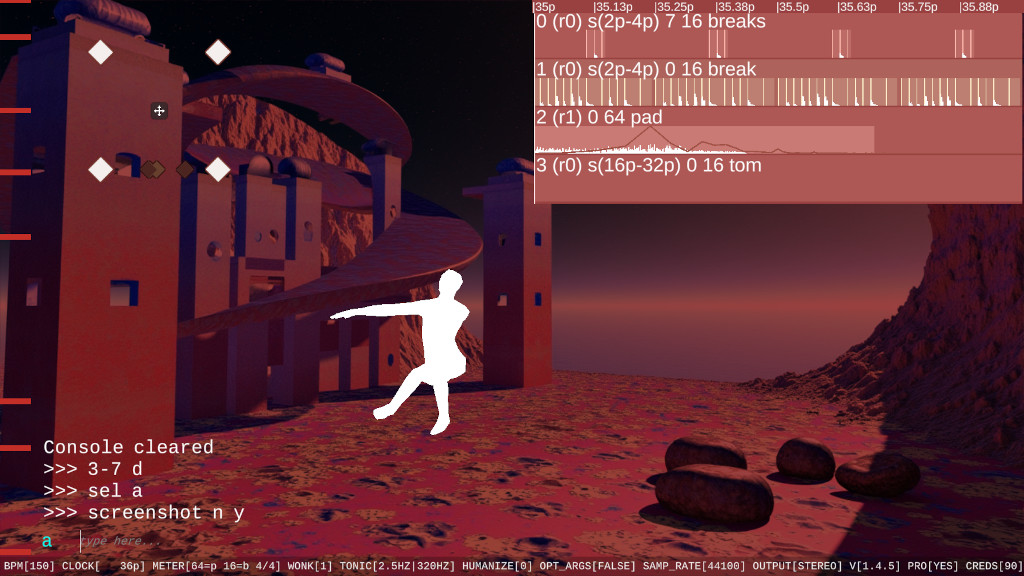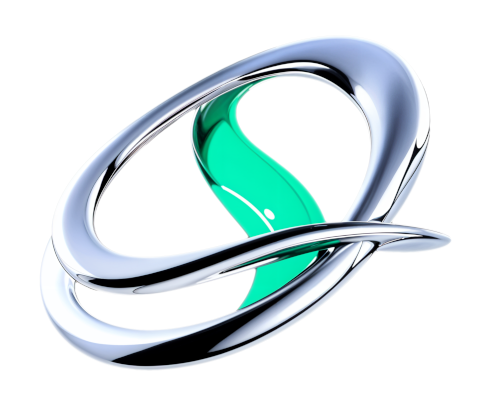- Published on
Microtonal Madness: Why Your DNB Needs More Than 12 Notes
- Authors

- Name
- Joshua Jones
Microtonal Madness: Why Your DNB Needs More Than 12 Notes
 Soniare's Beat DJ Music Software
Soniare's Beat DJ Music SoftwareDrum and Bass has always been about pushing boundaries. From the early jungle days of warped breakbeats to modern neurofunk's sound design, the genre has always thrived on experimentation. Yet for all the innovation, most producers still operate within the same musical framework. The 12-note equal temperament, or 12-TET system is the Western standard, the grid where every semitone is exactly the same distance apart. Convenient, predictable, and maybe a little too safe.
Microtonality scales and tunings that go beyond 12 notes per octave can offer producers a new way to break out of this box. By bending pitch relationships into alien territory, microtonal music can twist familiar drum and bass energy into something new, wonderful and exciting.
Why Microtonality in DNB?
At its core, drum and bass is about tension and release. The rhythm pushes forward relentlessly while the sound design toys with expectation. Microtonal scales add an extra dimension to this game. Instead of the familiar minor and major tonalities, you can slip into scales with 17, 19, or even 31 divisions of the octave. Suddenly, the intervals between notes don't fall where most listeners expect.
This creates several powerful effects:
Alien Atmosphere: Microtonal intervals feel "in between" familiar notes, creating unease or otherworldliness. Perfect for sci-fi or dystopian DNB aesthetics.
Unique Bass Movement: Sub bass riffs written in microtonal tunings wobble in ways that cut through a mix. When a reese bass detunes against itself in micro-intervals, it creates beating patterns that feel alive.
Textural Surprise: Listeners used to predictable note jumps suddenly get caught off guard. A build-up resolving into a microtonal "drop" can feel like the floor shifting beneath them.
Let's think of it another way. Rhythm already pushes DNB into fast, complex structures. Microtonality gives harmony and melody the same kind of edge.
Approaches to Microtonal Scales
There's no single way to use microtonality in drum and bass. Some producers dip a toe, while others dive headfirst into non-12 systems. However here are a few entry points that could help you understand how YOU can use microtonality best:
Just Intonation and Harmonic Ratios Build bass lines and pads around pure harmonic relationships (like 7:4 or 11:8). These tunings feel both ancient and alien, unlocking resonances that standard tuning hides.
Equal Divisions Beyond 12 Try 19-EDO (equal division of the octave) or 31-EDO. They provide consistent step sizes like 12-TET but with different flavors. For example, 19-EDO offers new "thirds" and "fifths" that sound eerily fresh.
Hybrid Scales Blend standard 12-TET notes with microtonal inflections. Sliding synth leads or FM patches can accent key moments with strange bends without fully abandoning the familiar tonal center.
Automated Pitch Shifts Even if you don't commit to an alternate scale, using micro-pitch automation on synths or vocals can introduce subtle tension and strangeness.
The DJ Angle: Can Microtonality Work Live?
Here's where many producers get nervous. Microtonal tracks sound wild in the studio, but will they clash when mixed into a 12-TET heavy set? The key is to approach it with the same creativity that birthed double-drops and key-clashing mixes.
A well-produced microtonal track doesn't need to be entirely alien. Percussion, atmospheres, and FX often carry the weight of the tune, and those aren't bound to tuning systems. The trick is keeping enough rhythmic and textural continuity that the crowd feels the momentum, even if the pitch center has shifted.
Where Does Soniare Fit In?
Beat DJ is quite different from the old sample-based trackers that were used to make DNB in the 90s but it has some similarities. It is all sample-based and allows you to do fast break chopping. It effortlessly tunes all your samples (even the drums) into whatever microtonal scale you choose whether it is just intonation or EDO. So it doesn't take much music theory to work with.
You just have to listen for what sounds good to you. Beat DJ's precision splitter command ps was built specifically to help with genres like DNB and psytrance. It will search your hard drive for whatever sound you enter and chop it up short or long depending how large the number is. 9 is the max.
For example you can load a sound like:
ps 0 breaks using 0 to get a short sound
ps 3 808 bass to get longer sounds
ps 9 pad to get the longest sounds.
This is just the tip of the iceberg for how Beat DJ works. Check out this video to see it in action
Keep the Dancefloor Interesting
Microtonal DNB isn't about making music unlistenable. It's about taking advantage of the genre's adventurous spirit. Some producers will use it sparingly, just a few twisted intervals to spice up breakdowns. Others will go full experimental, building entire sets around strange scales. Both approaches have their place.
The bigger point however is that in a landscape where drum and bass constantly risks recycling the same tricks, microtonality offers an endless frontier. It challenges both producers and audiences to reimagine what "bass music" can sound like.
So next time you're sketching out a drop, ask yourself. Should this use the same 12 notes everyone else is using? Or could a new scale open the door to something magic?
